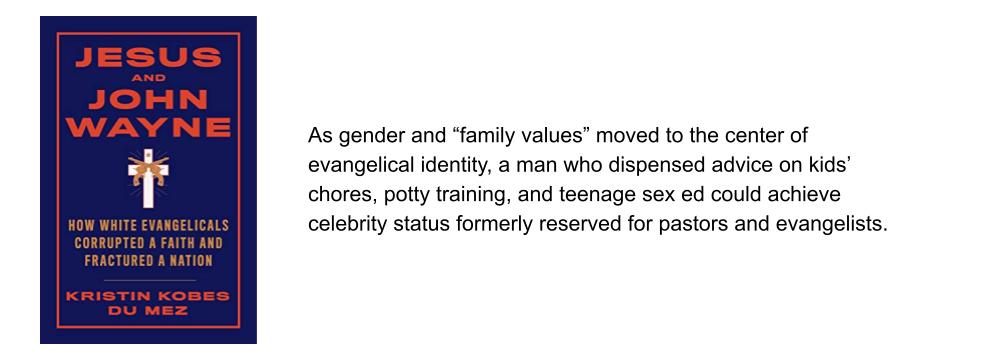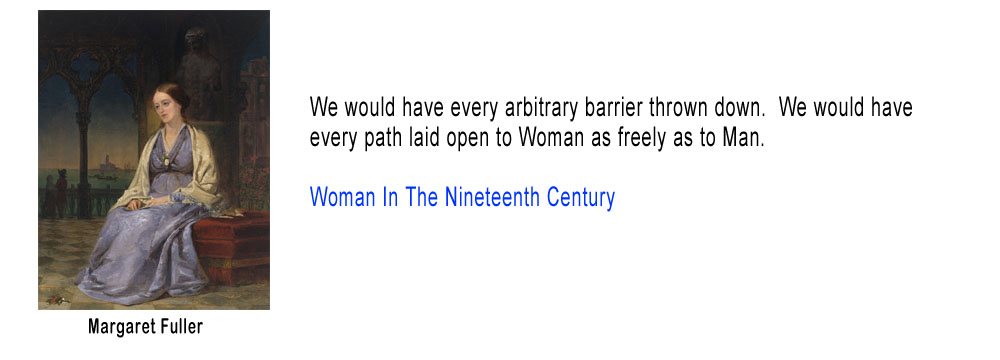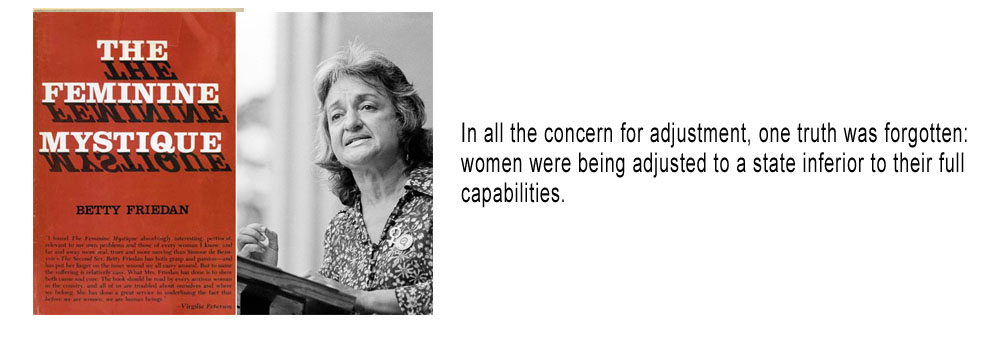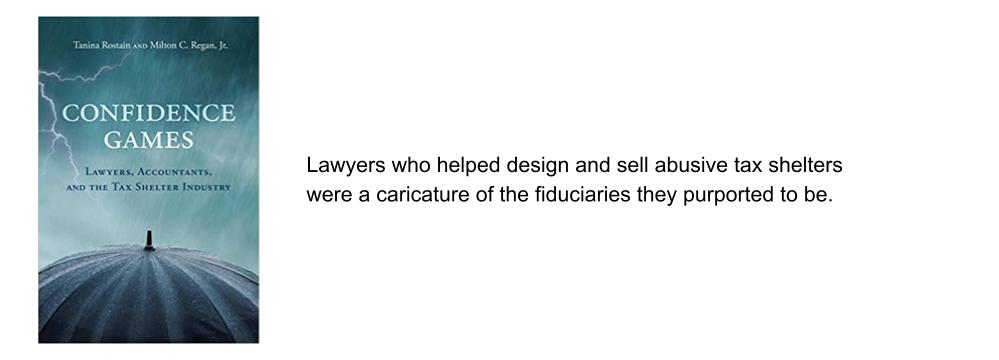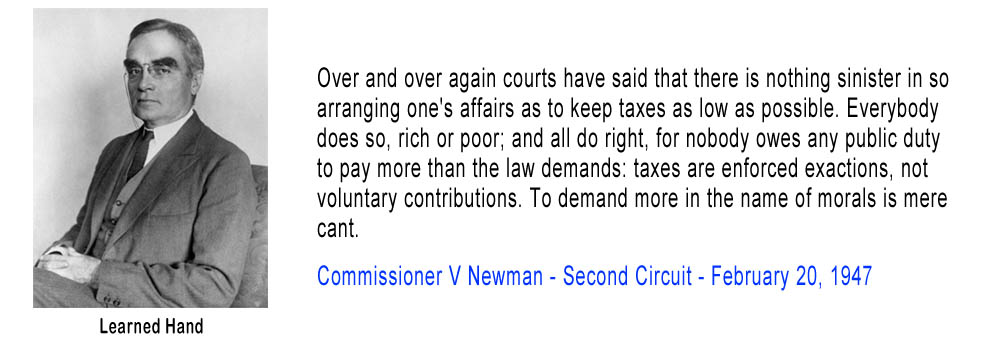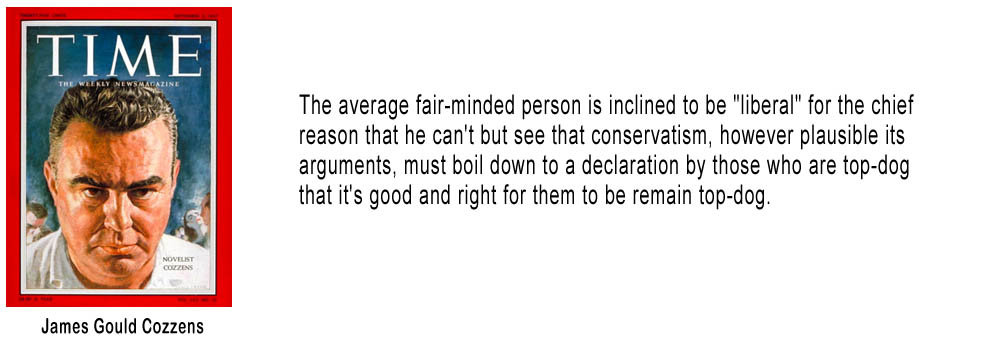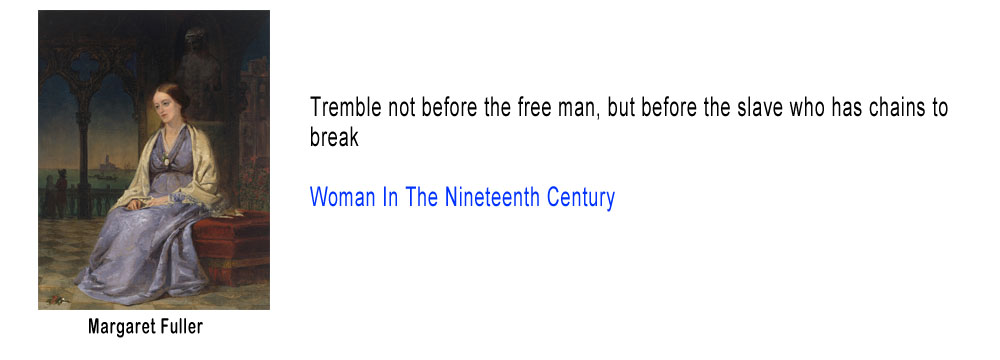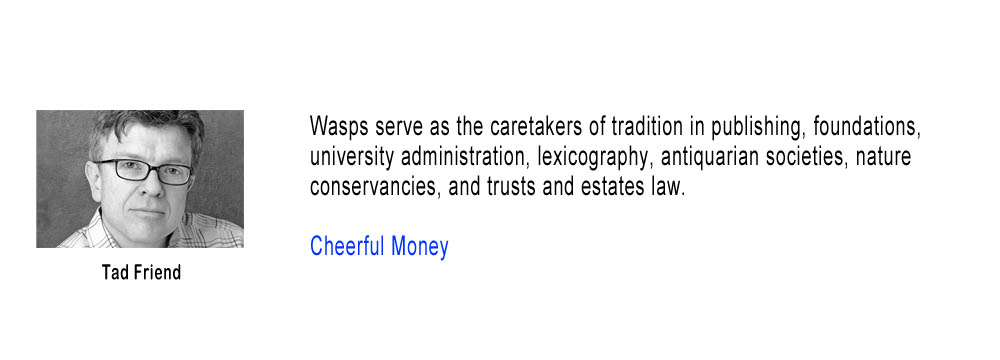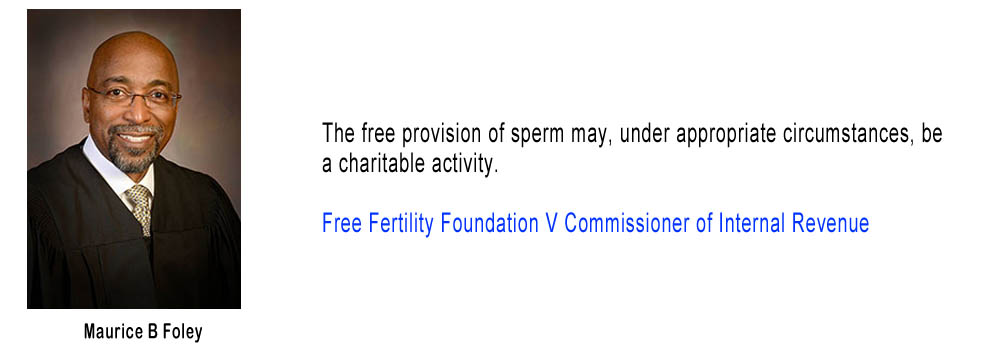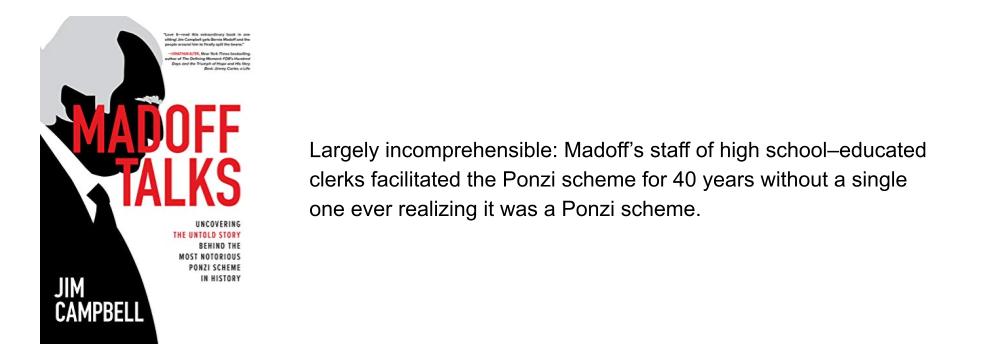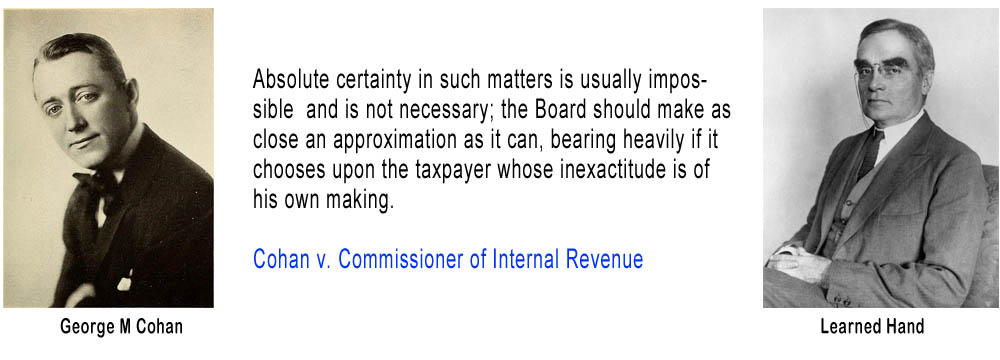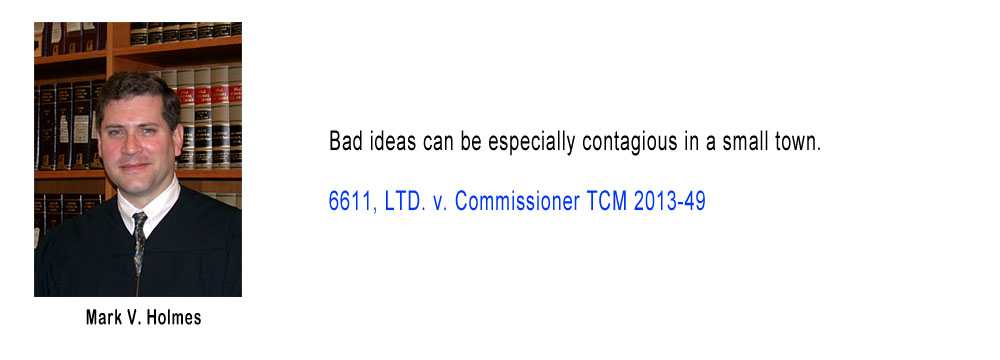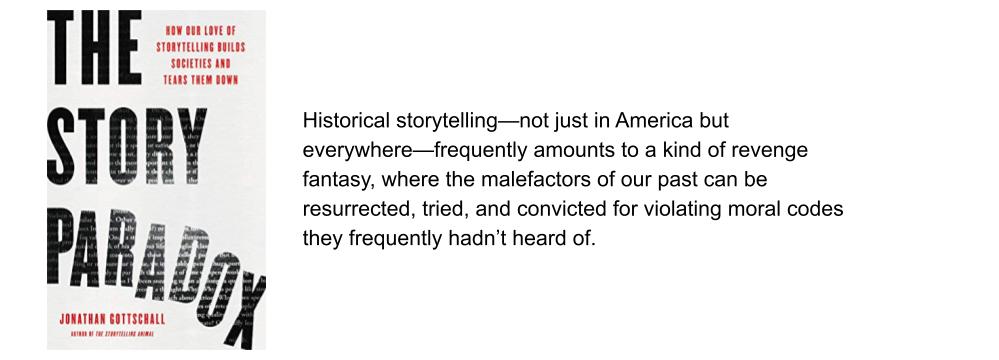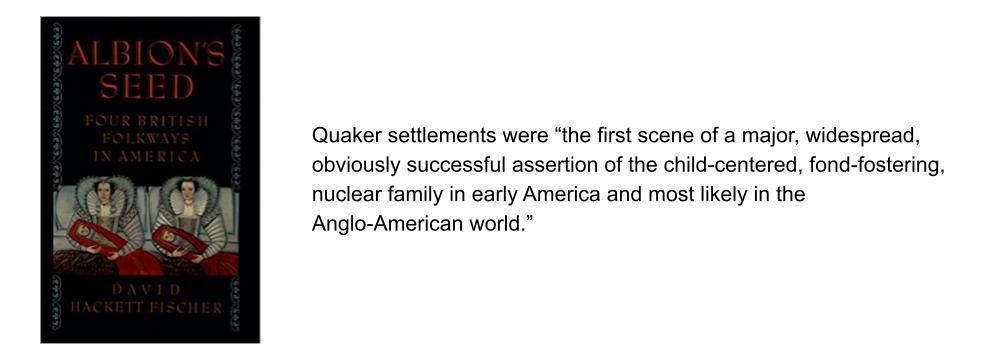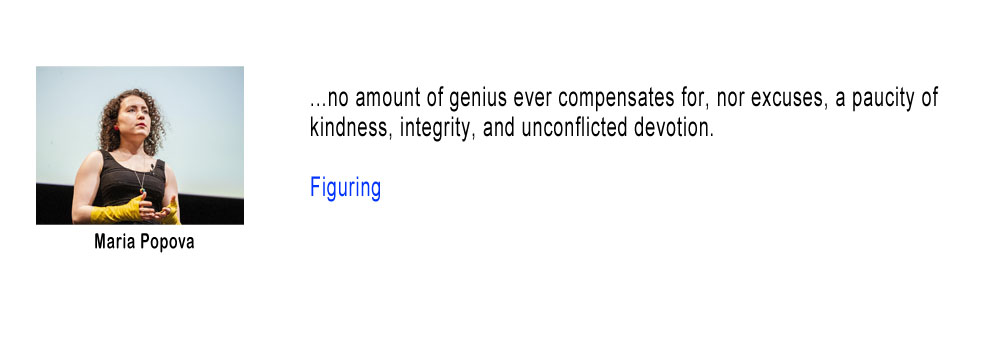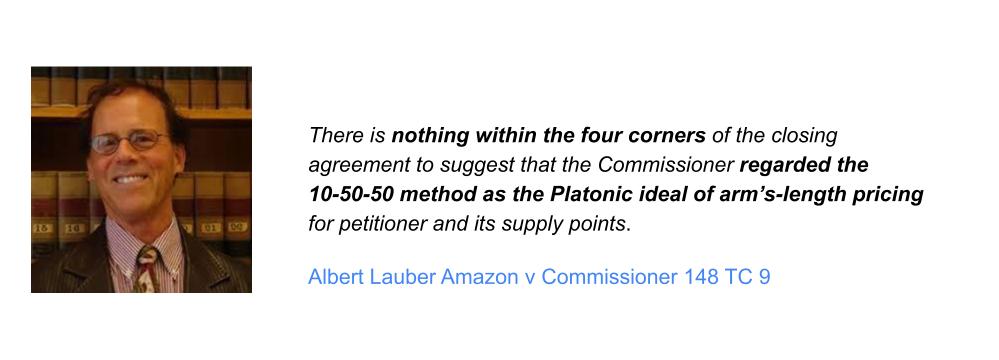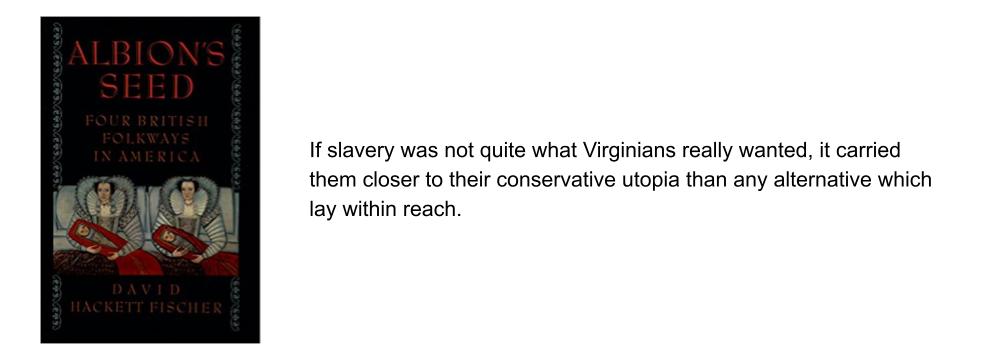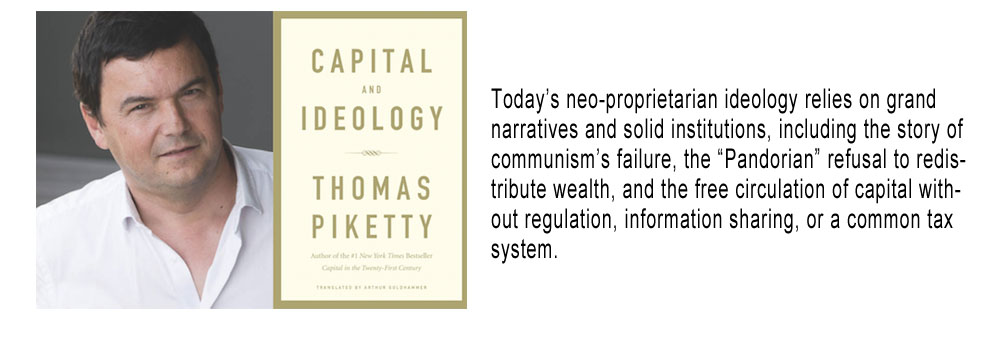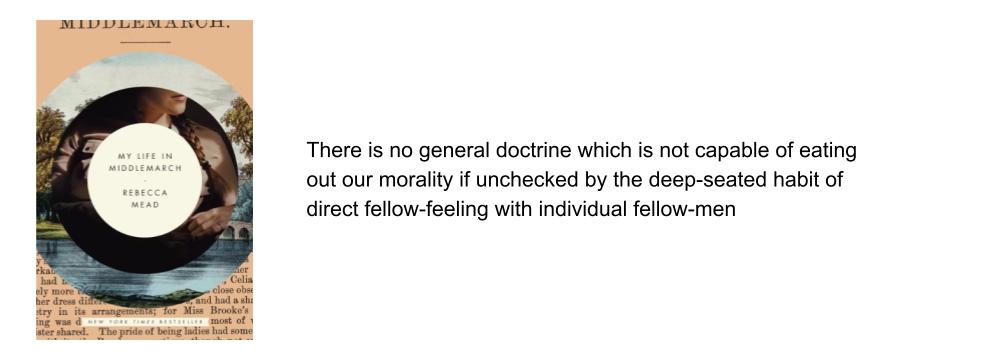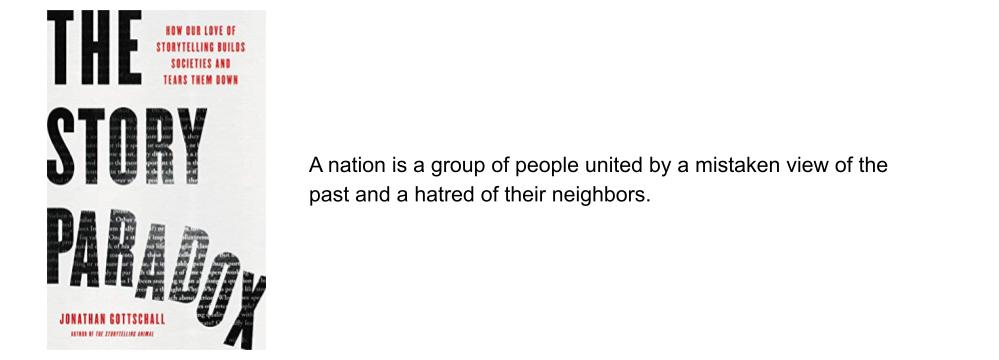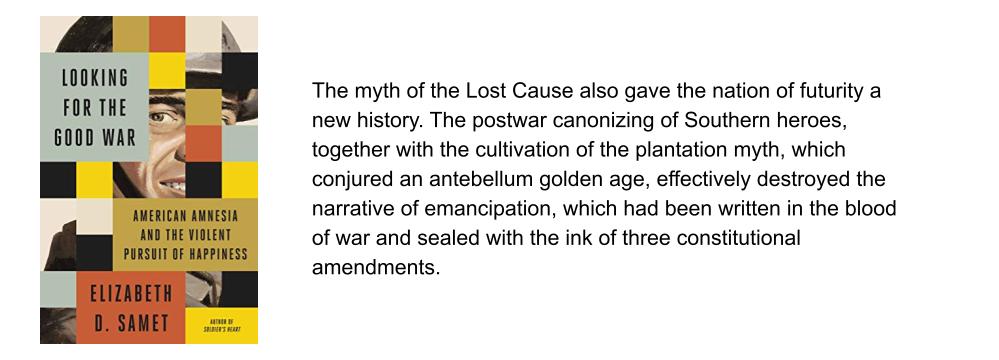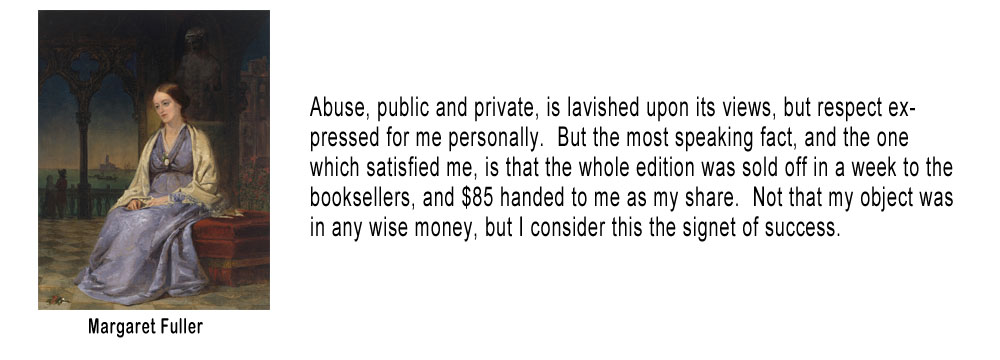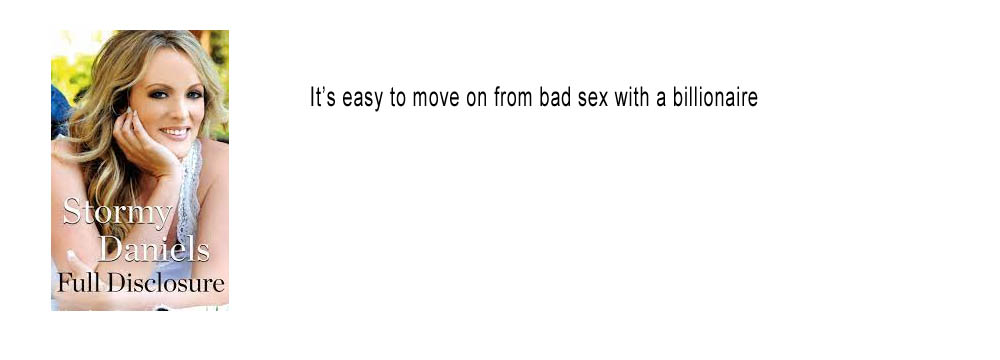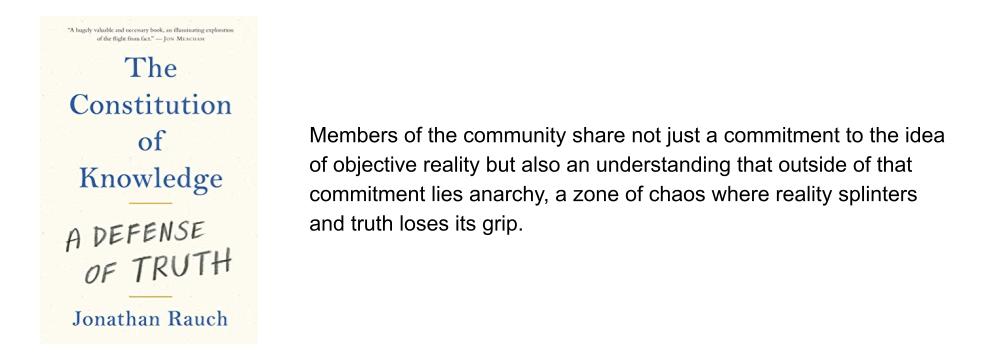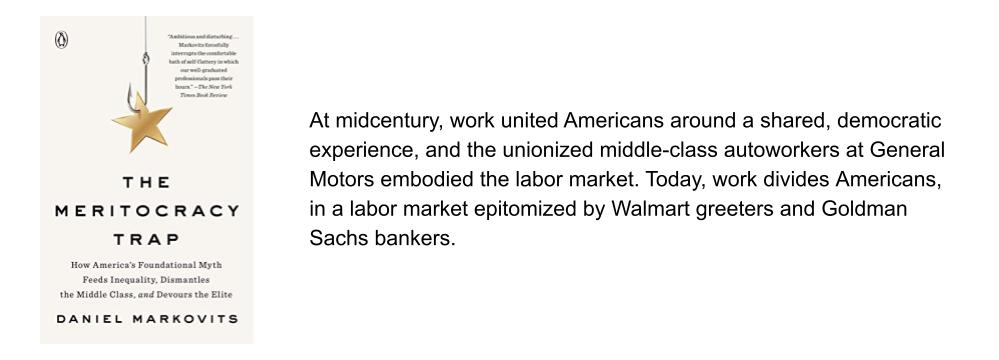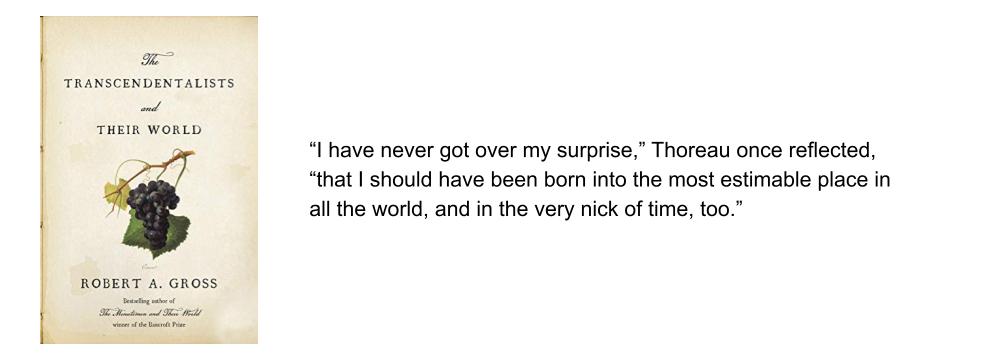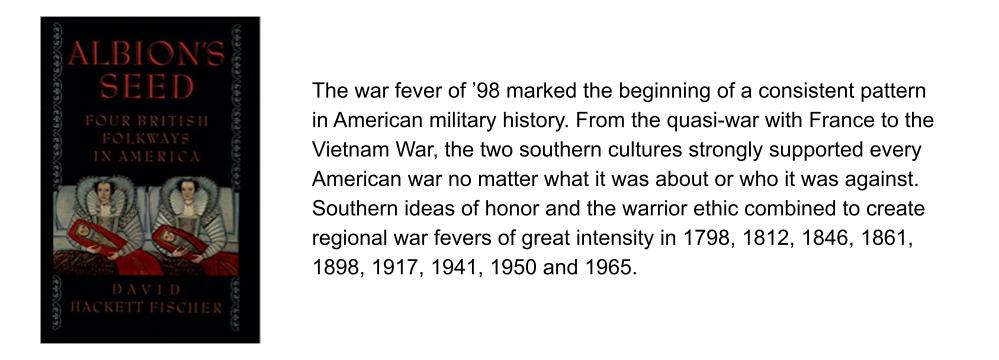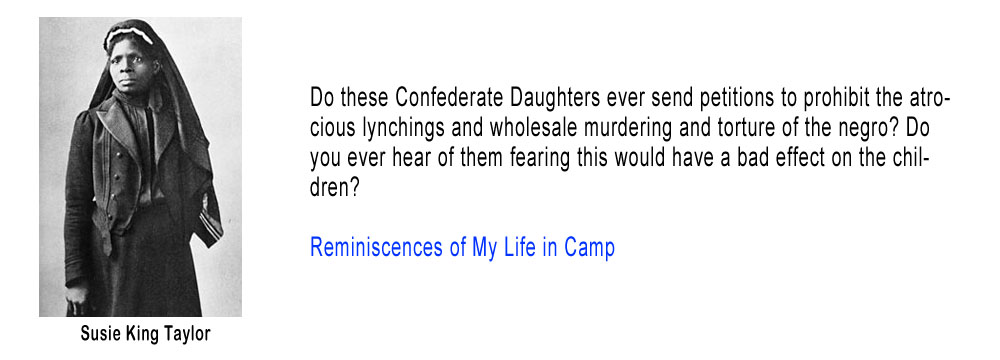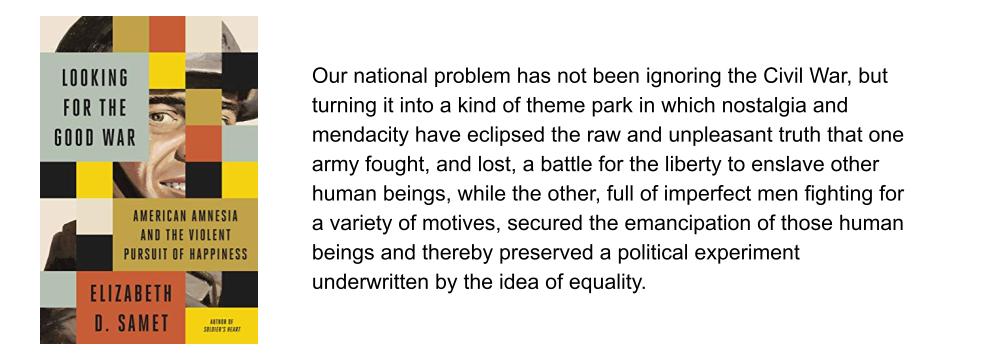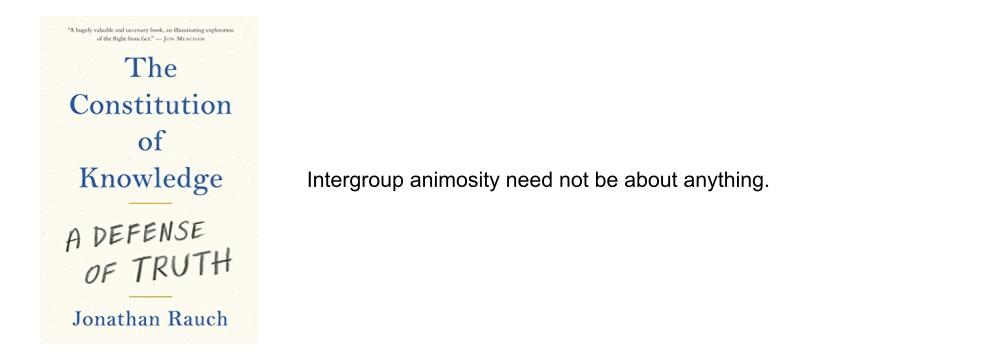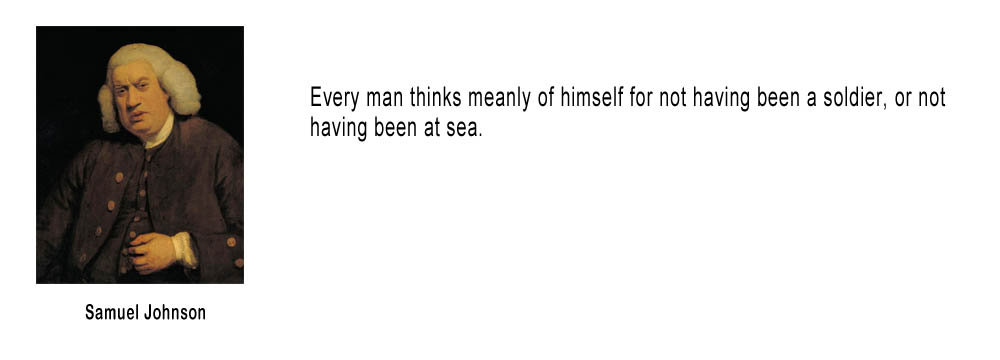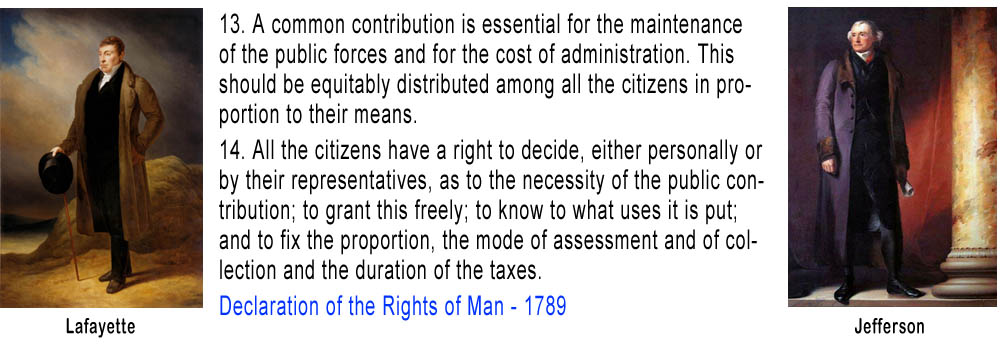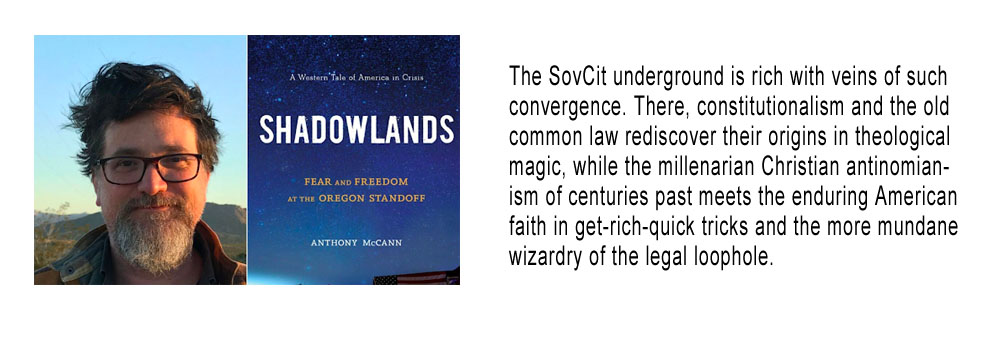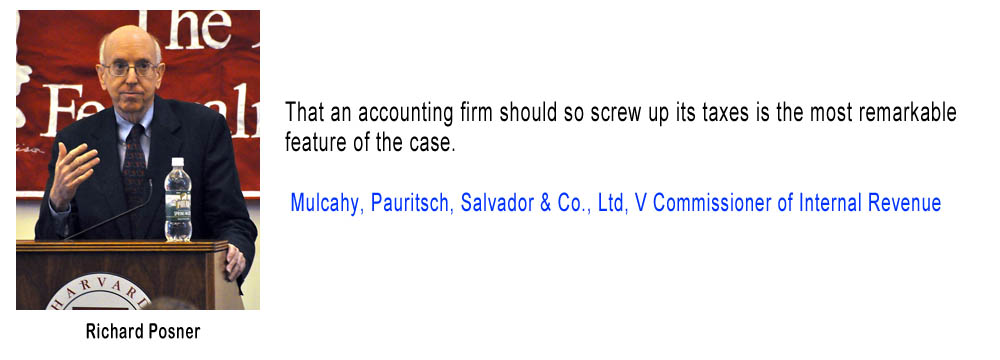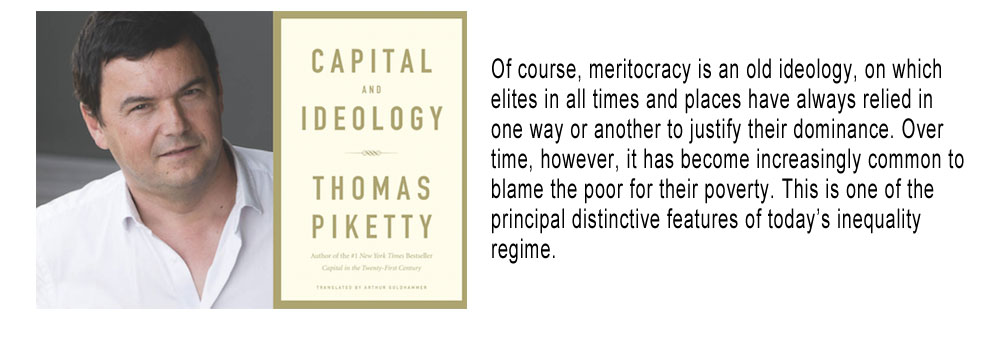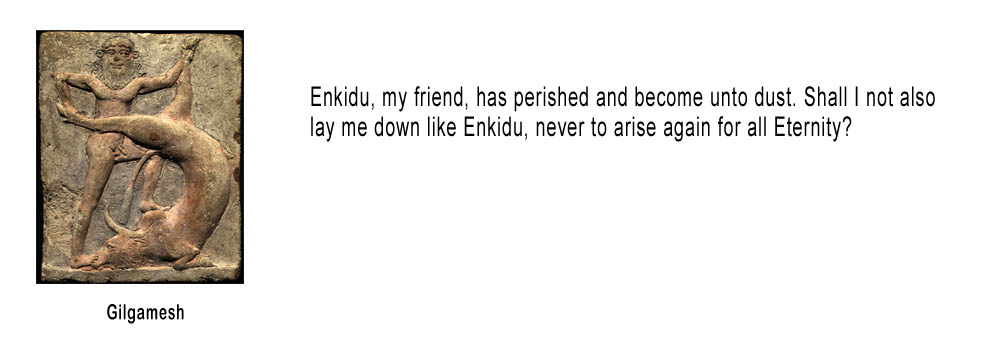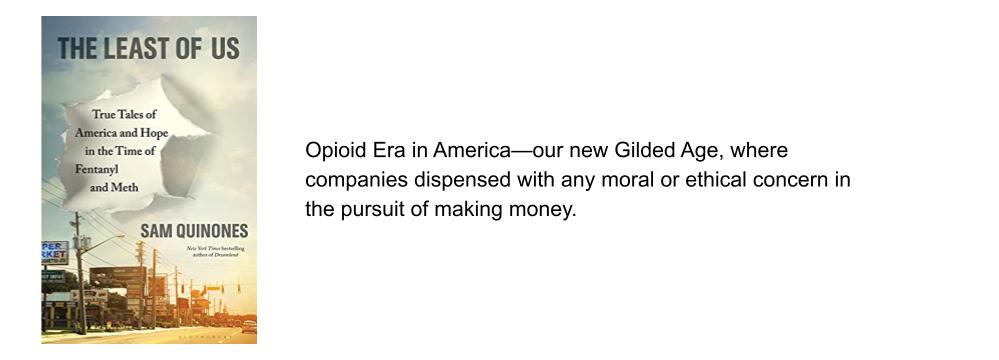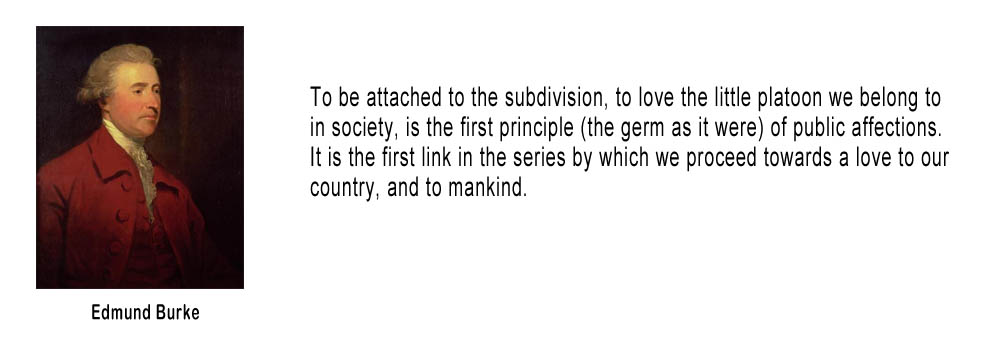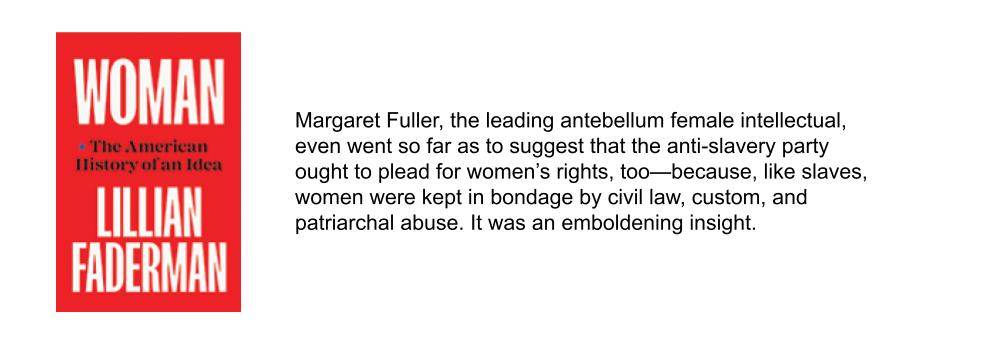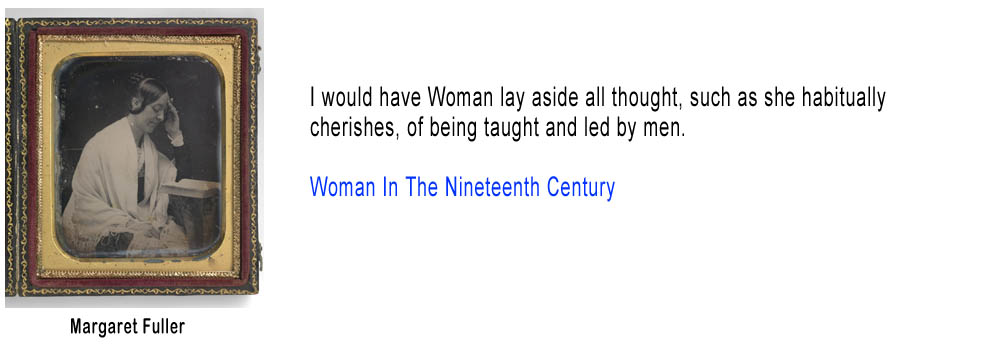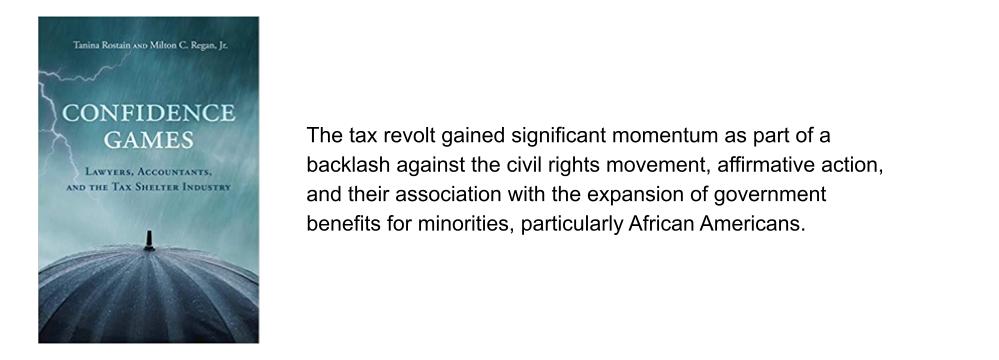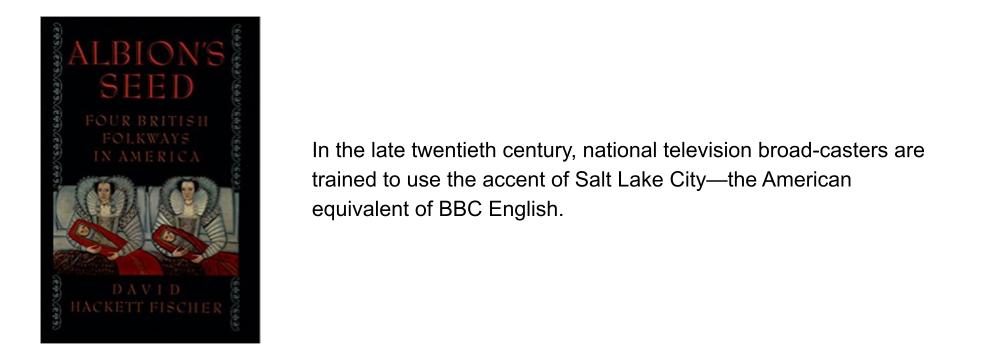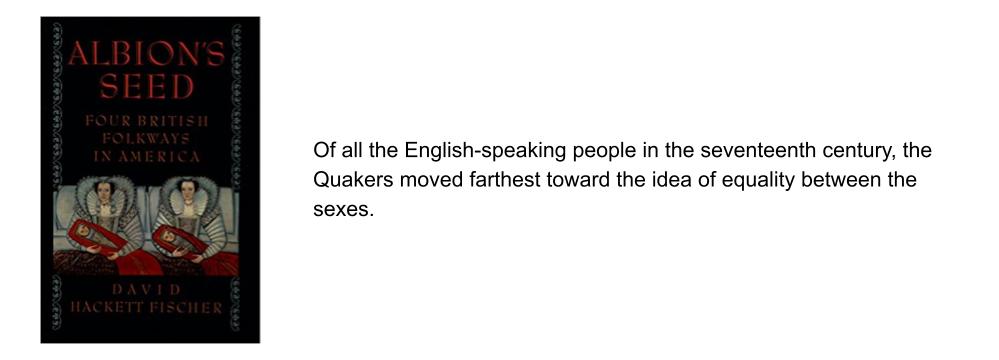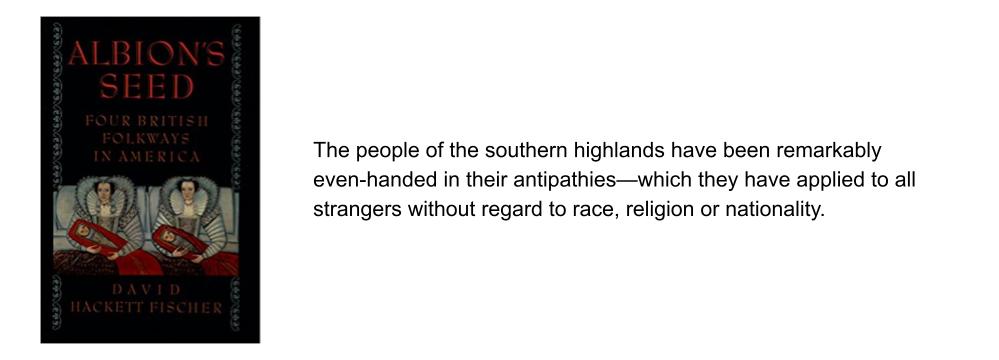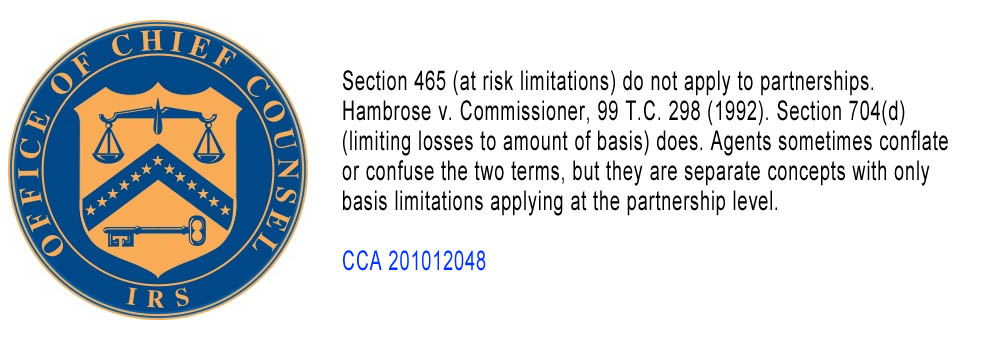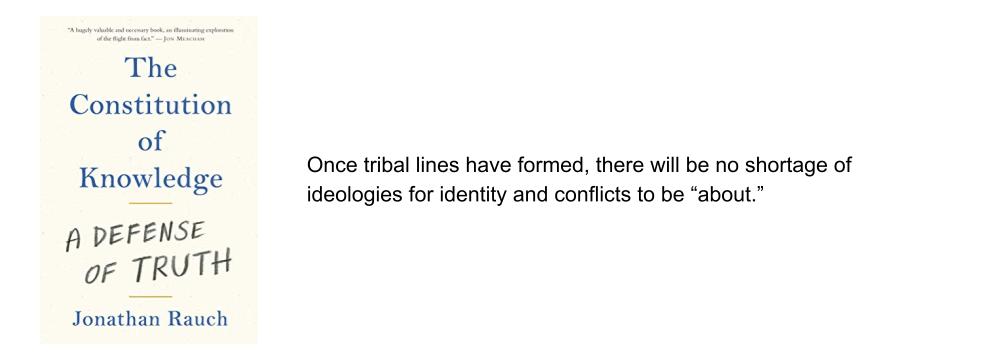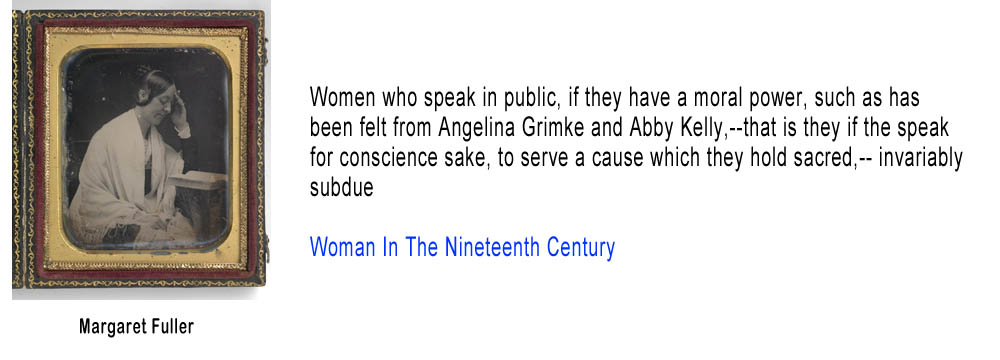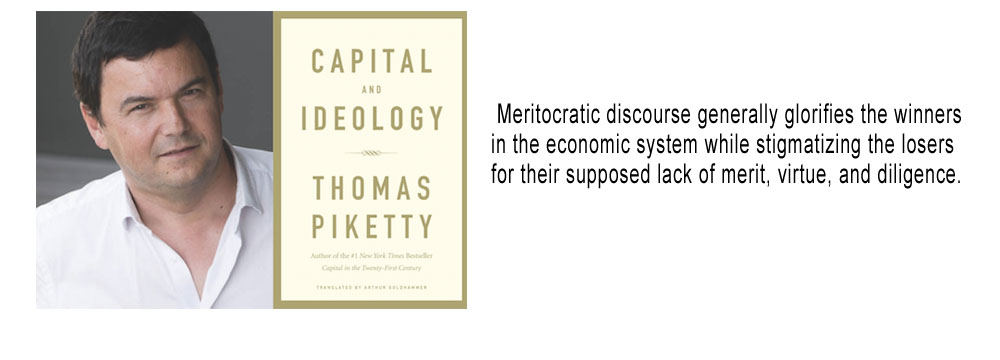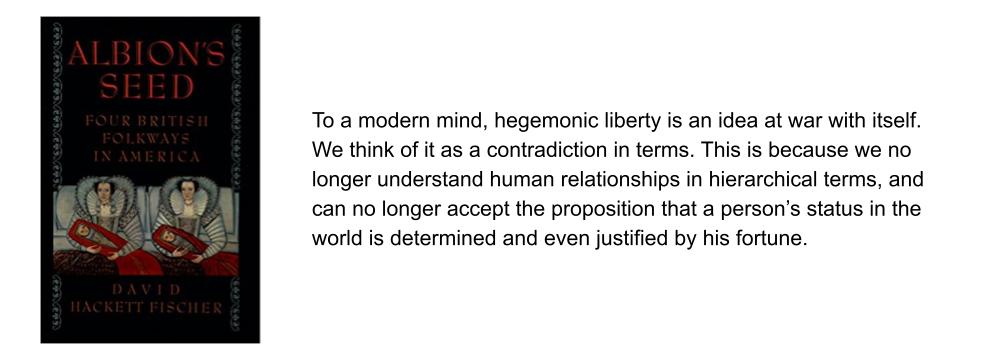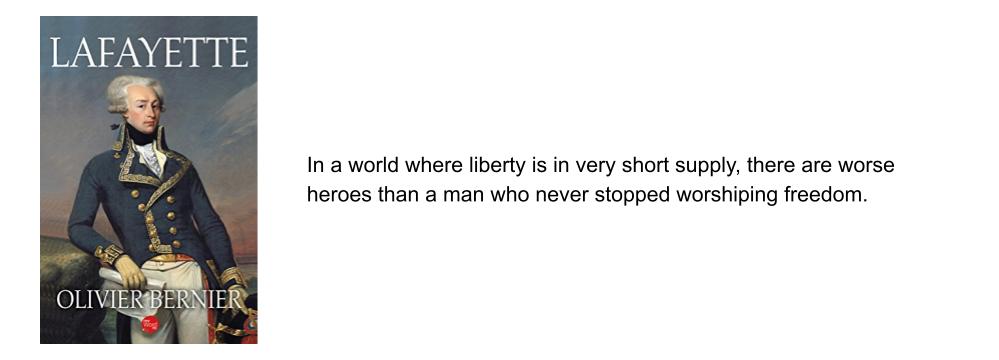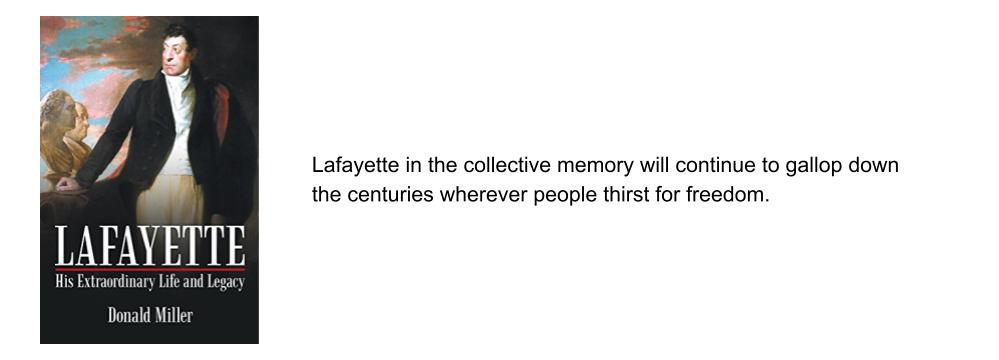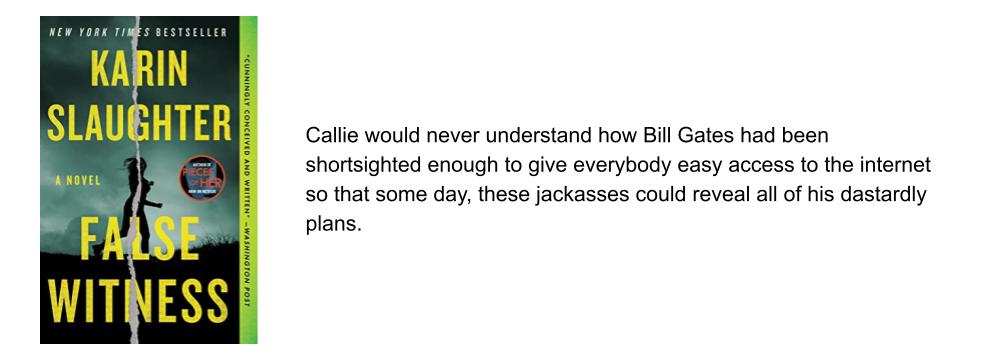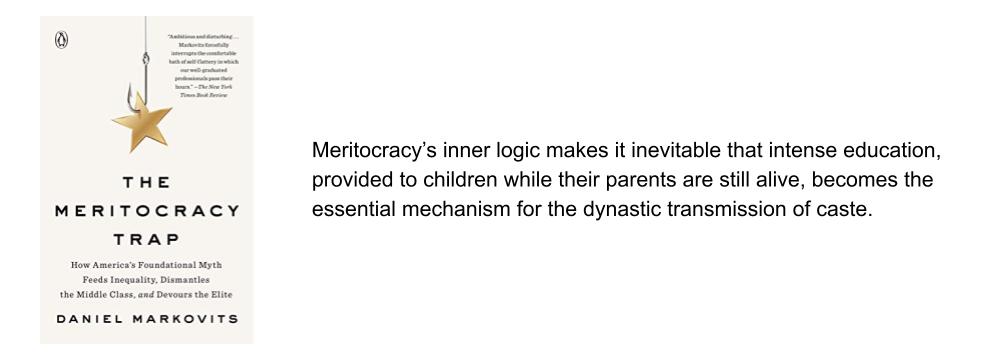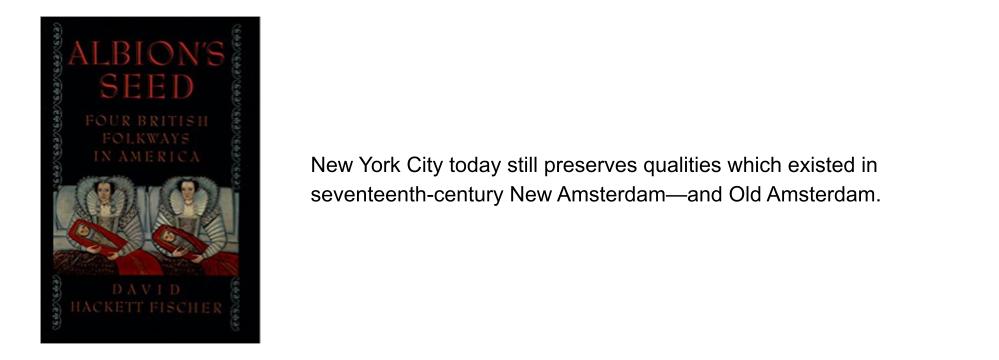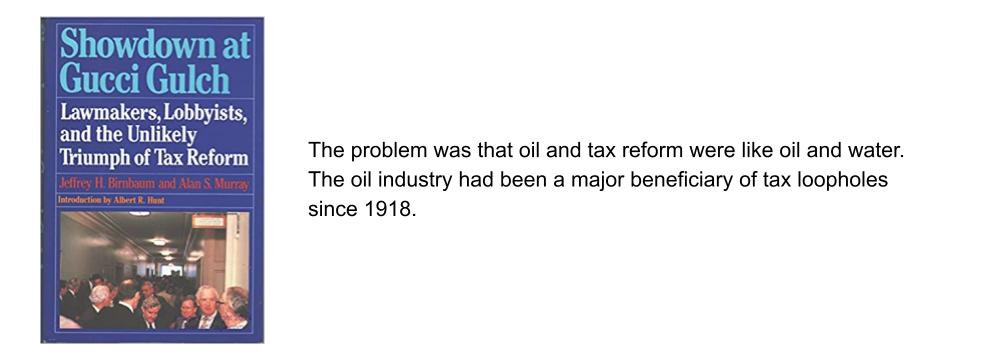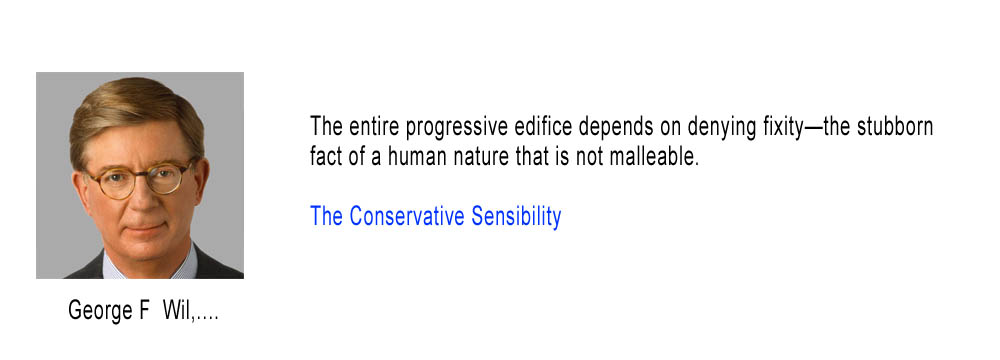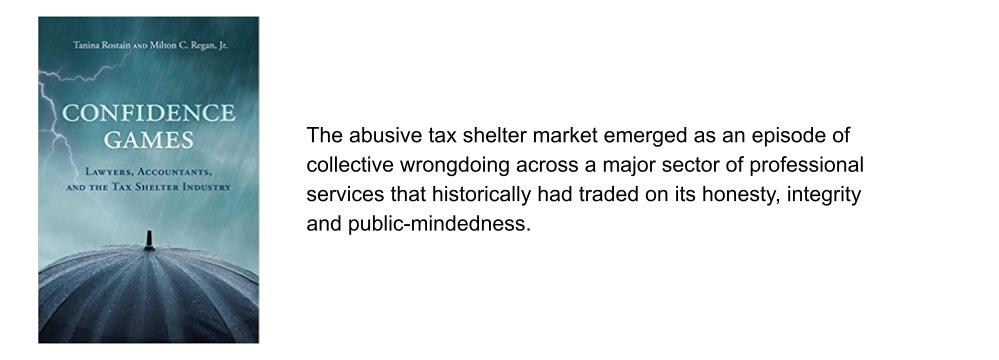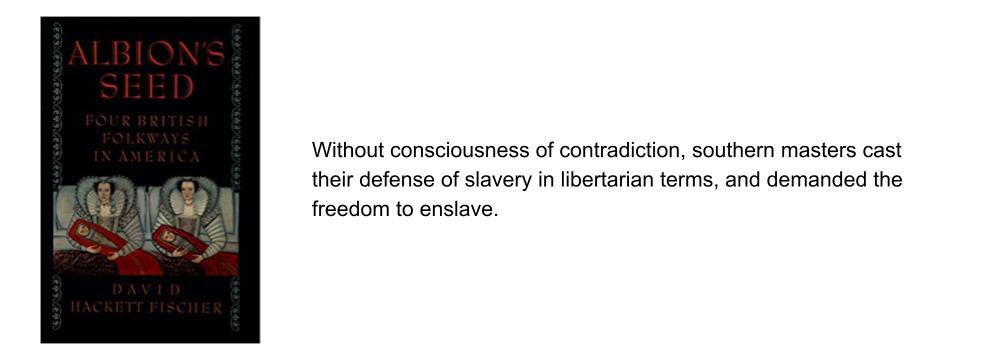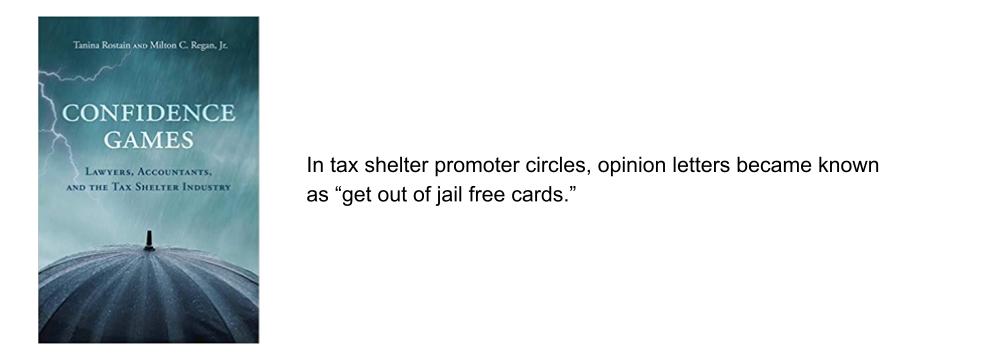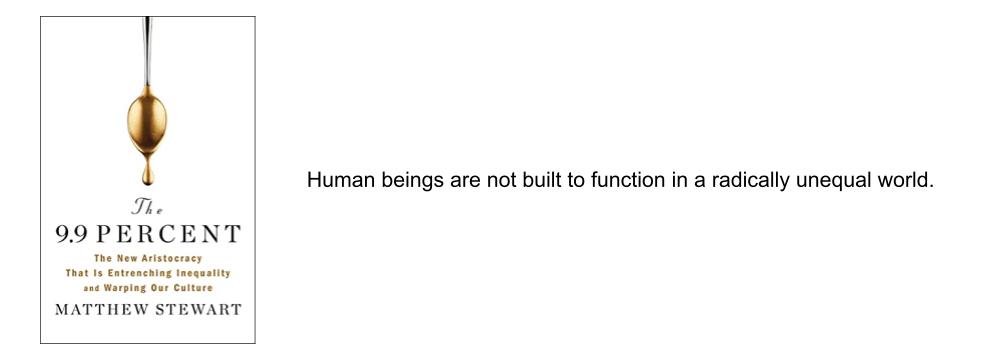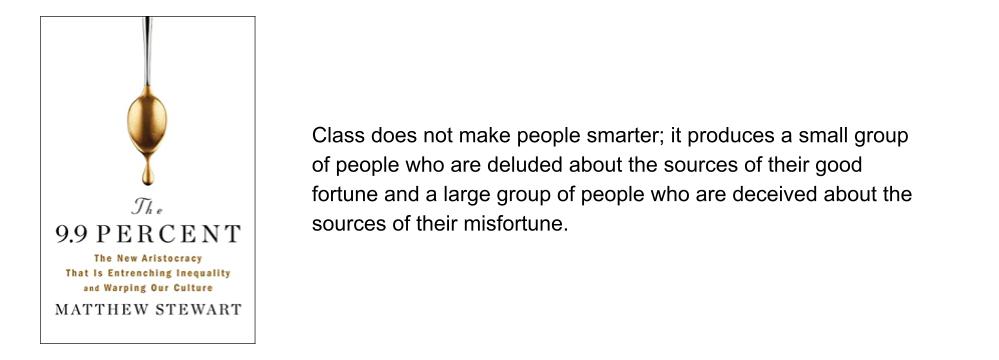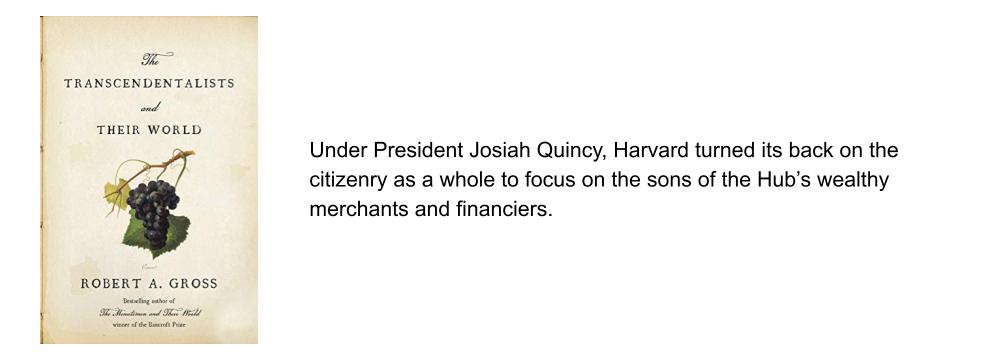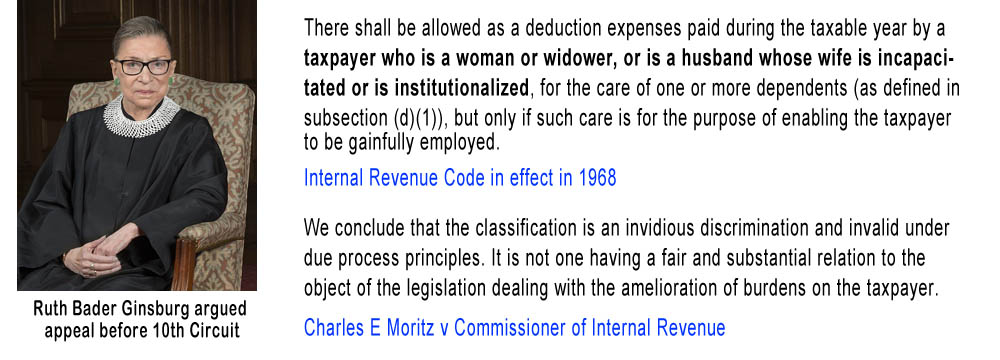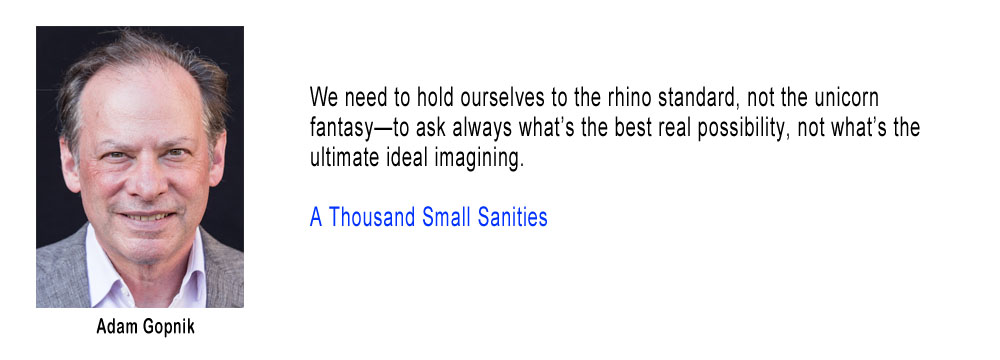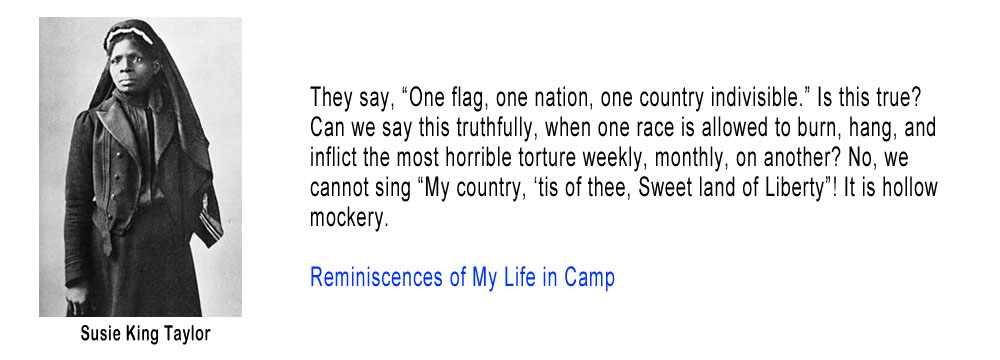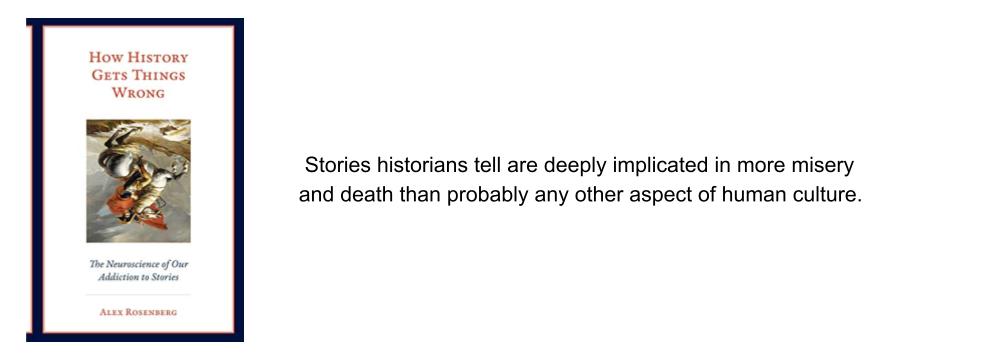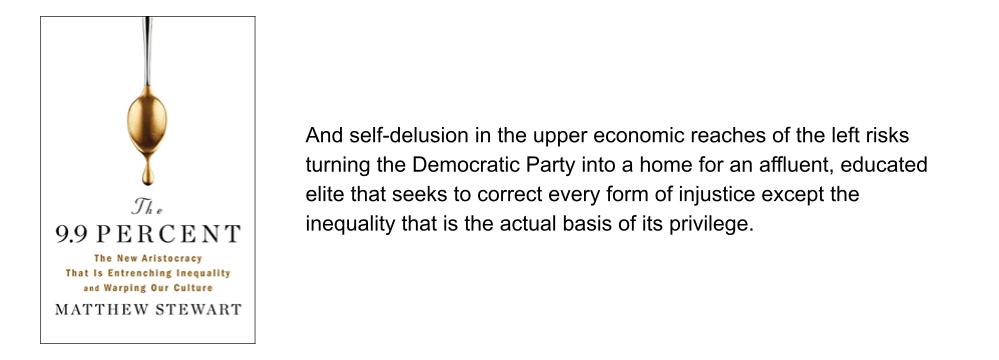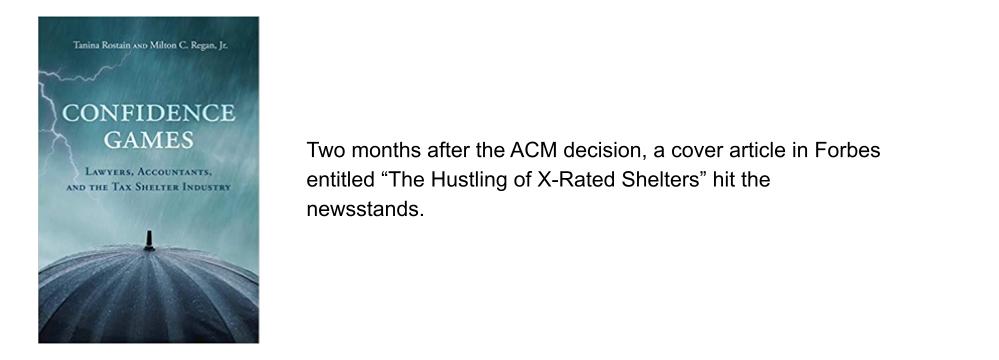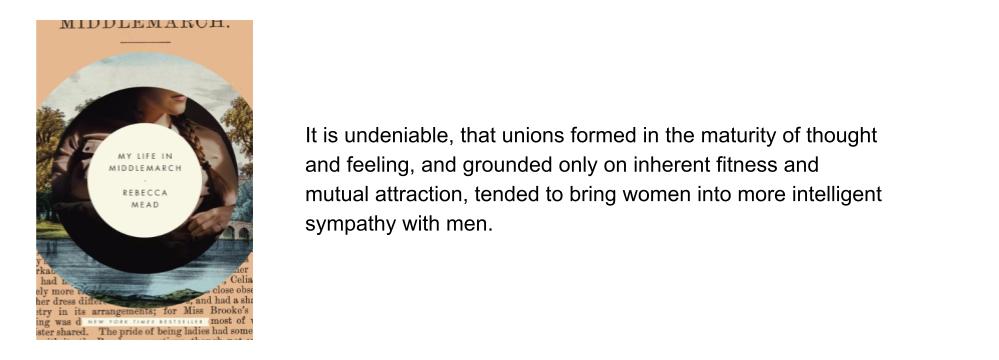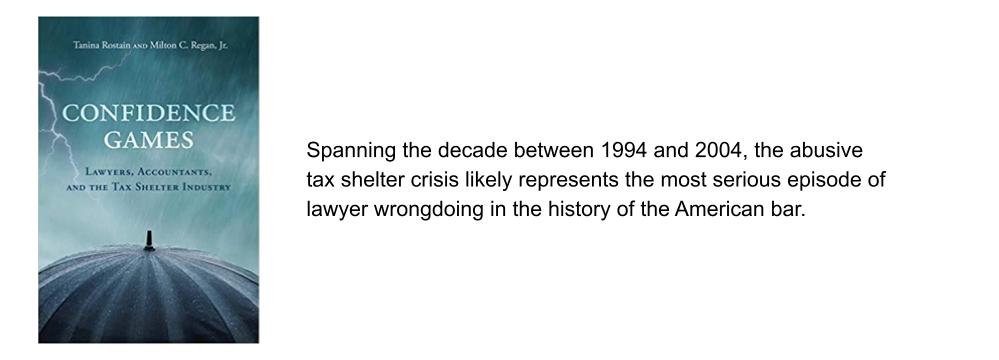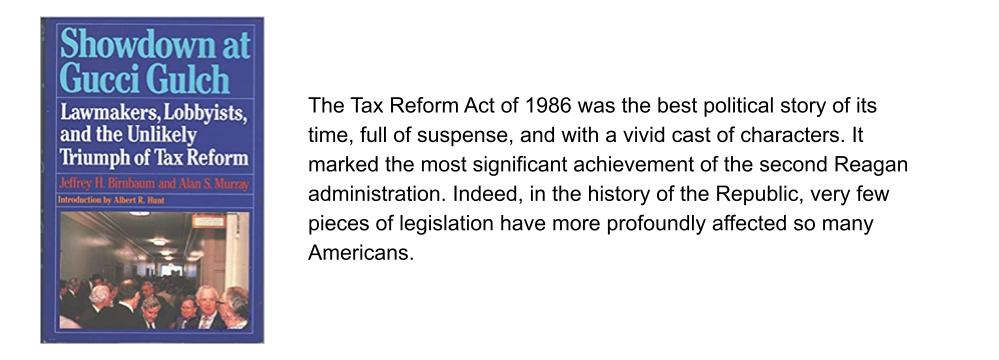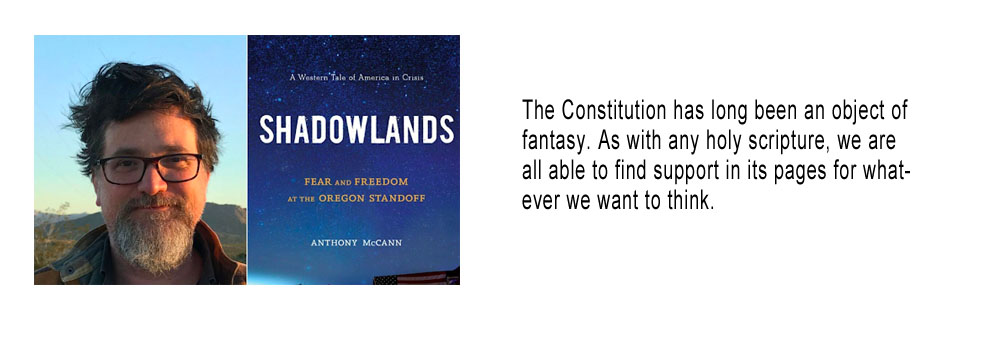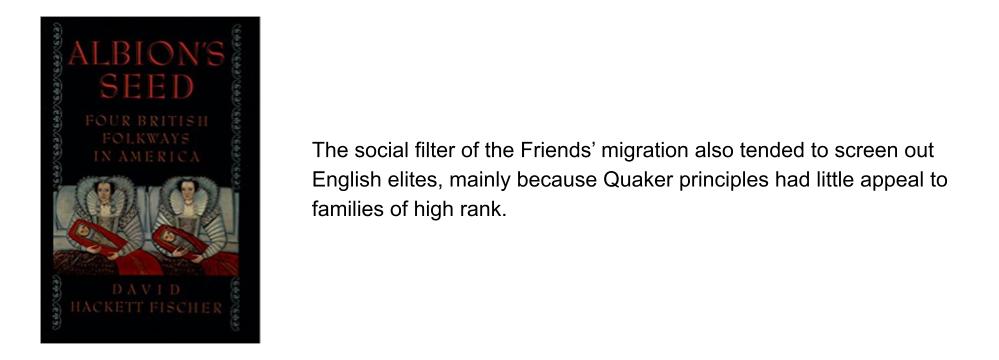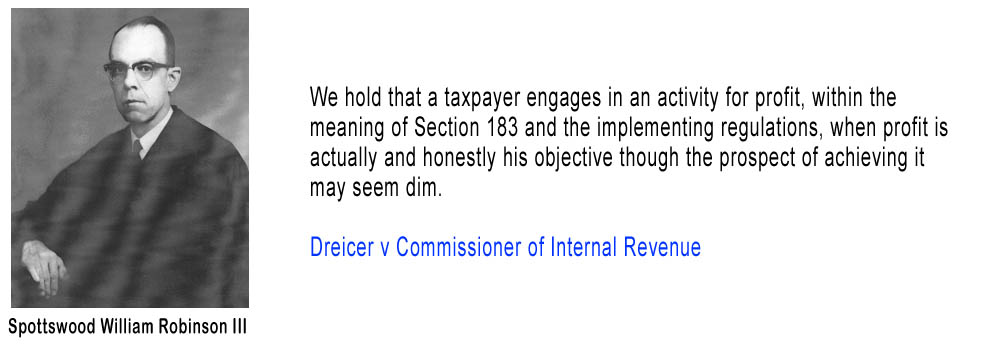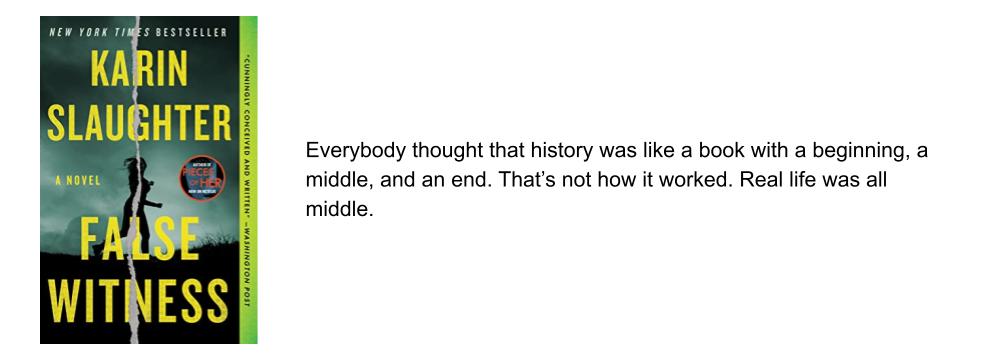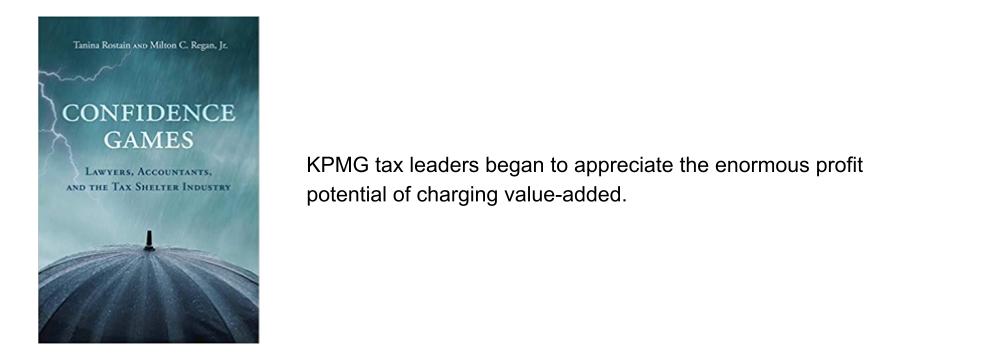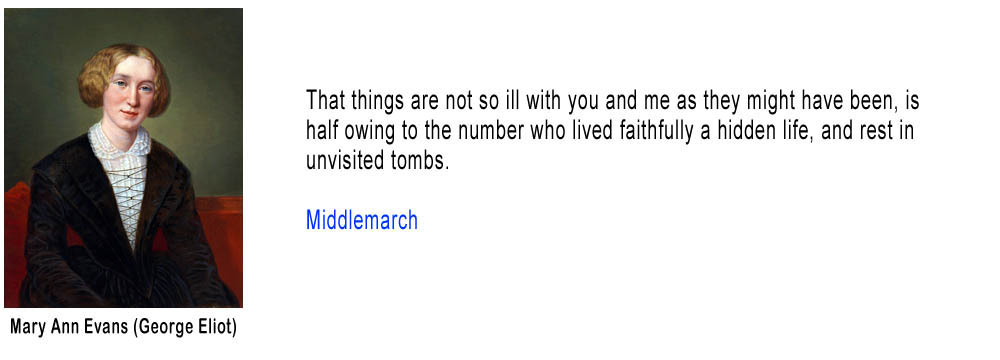Originally published on Passive Activities and Other Oxymorons on May 23rd, 2011.
____________________________________________________________________________
CCA 201111005
This CCA provides a bit of a cautionary note for contracts involving the sale of most of the assets of a corporation. A corporation sold most of its assets to another corporation. Included in those assets was a refund of excise taxes. The request was made to the IRS to pay the refund to the buyer when it was allowed, but they are not going to do it. It’s worth reading the whole ruling. I’ve left the blank spaces that have been scrubbed to preserve the air of mystery:
Release Date: 3/18/2011 Office: ——————-
From: ——————————— Sent: Friday, October 08, 2010 11:33:43 AM To: ————————- Cc: ——————————- Subject: POA inquiry —————
You forwarded an inquiry from an Appeals Officer who is considering a claim for refund of excise taxes for the fourth quarter of ——— and the third quarter of ——— made by —————————-—————————————————submitted the refund claim, but then sold most of its assets to ———— ———————————————— The sales agreement between ———————-and —————————— specifically includes “tax refunds” among the assets being sold. The Appeals Officer has been contacted by an attorney who purports to be the authorized representative of both ————————— and ———————-for the taxes in question. The attorney has requested that the refund be issued in the name of ———————, and forwarded to him. The Appeals officer plans to allow the refund, but is unsure of what name it should be issued in, and who it should be mailed to. According to the representative, ———————-has not been dissolved, because the state in which it was incorporated does not allow for dissolutions when the corporation has outstanding debts. There are Form 2848s, Power of Attorney and Declaration of Representative, from both ————————— ————————————————————————————————————————————————————————and ———————to the same individual. The 2848 from ———————-specifies that it covers several different excise tax periods, including the third quarter of ———, but not the fourth quarter of ——-———. The 2848 from ———————-states that it covers excise taxes from —————————.
Generally, the Service issues refunds to the person who made the overpayment, I.R.C. § 6402, and the claimant of the refund, Treas. Reg. § 301.6402-2(f)(1). In this case, ———————-was both the person who made the overpayment and the claimant of the refund. Although ——————-——- sold most of its assets after filing its refund claim, the sale was not sufficient to make the purchaser, ———————, the owner of the refund. The Anti-Assignment Act provides that an assignment of any claim, or an interest in any claim, against the United States Government “may be made only after a claim is allowed, the amount of the claim is decided, and a warrant for payment of the claim has been issued.” 31 U.S.C. § 3727(b). In this case, the purported sale of the refund took place on ——————————-, well before the claim was allowed, the amount of the claim was decided, or payment was authorized.
Although the prohibitions of the Anti-Assignment Act are waivable by the Government, see, e.g., Schwartz v. United States, 16 Cl. Ct. 182 (1989), there are two reasons why the Government should not waive the Act in this case. First, the Service should be careful to prevent ———————-——————————————————————————————————————————————————————————, which we know has not been dissolved, from having any cause of action against the Service. Second, there may be other liabilities of ———————that could be satisfied by the overpayment at issue here. This would include other federal tax debts owed by ———————-that could be offset under I.R.C. § 6402(a), as well as other debts that could be offset under I.R.C. § 6402(c) through (f) by the Financial Management Service (FMS) and the Treasury Offset Program (TOP). See also United States v. Shannon, 342 U.S. 288, 291-92 (1952) (“Other courts have found yet another purpose of the statute, namely, to save to the United States `defenses which it has to claims by an assignor by way of set-off, counter claim, etc., which might not be applicable to an assignee.’”) (quoting Grace v. United States, 76 F.Supp. 174, 175 (D. Md. 1948)). The Appeals Officer reports that ———————-may have an outstanding liability for excise taxes for the second quarter of ———. Any other debts that could be offset under I.R.C. § 6402(c) through (f) will be captured by TOP once the refund has been certified to FMS in ———————’s name and EIN.
Given our conclusion that the check should be written out to ———————after any available offsets are made, we also conclude that this check should be delivered to ———————. The Power of Attorney for ———————-appears to be a properly completed 2848 fulfilling the requirements of Treas. Reg. § 601.503. It authorizes the representative to receive, but not endorse or cash, refund checks issued to ———————. See Treas. Reg. § 601.506(c). The regulations require that a power of attorney contain the type of tax involved, the Federal Tax form number, and the specific years or periods involved. While the 2848 from ————————— contains all these items, its list of tax periods involved includes only one of the tax periods at issue, namely the third quarter of ———. The refund attributed to this period may be sent directly to the representative. The other tax period at issue, the fourth quarter of ———, is not included on the 2848. The general rule is that powers of attorney are to be strictly construed such that the agent is granted only those powers which are specified by the instrument. See 3 Am. Jur.2d Agency § 28. Because of this rule of strict construction, as well as the specific regulatory requirement that has not been met, the existing 2848 is not sufficient for the fourth quarter of —— ———.
At this time, the only information we have on the continuing existence of ———————-has come from the representative. Therefore, we recommend ——————————————————————————— ——————————————————————————————————————————————————————————-—————————————— ————————————————————————————————————————————-———————————————————————————— ——————————————————————————————-—————————————————————————————————————————— ————————————————-———————————————————————————————————————————————————————— ——-——————————
If you have any further questions, please contact me.
Thanks,

